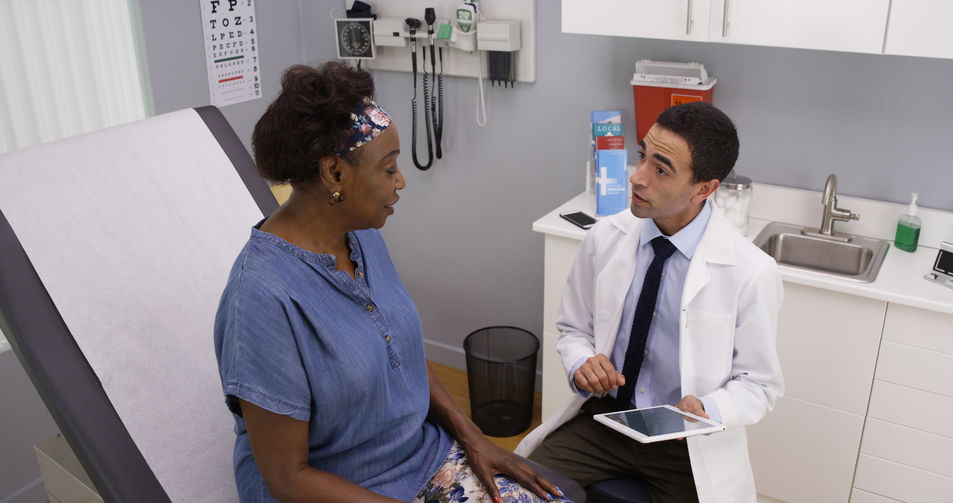By John Salak –
Annual wellness visits, not surprisingly, have been in sharp decline since the pandemic took hold and people have been reluctant to visit primary care physicians for anything but emergencies. The drop-off, in fact, has been particularly sharp among children and older adults—two demographics that may benefit most from these consultations.
More troubling, however, is the uncertainty over whether patients of any age will resume these visits once social distancing concerns ease and what a sustained decline may mean for the collective physical health of people and the financial health of primary care physicians.
The decline in wellness visits among children has been startling. One regional health system, in fact, MetroHealth of Cleveland, reports a 50-percent drop since the pandemic took hold. Several other systems have seen similar declines and while Covid-19 restrictions and concerns have eased somewhat, these same reports indicate wellness visits have not ramped up as expected.
The consequences of missing these annual visits could be catastrophic not only because children may miss scheduled vaccinations, but because other illnesses could go unnoticed and left untreated.
Ironically, parents are foregoing these visits out of an overabundance of caution for their children, explained Sheri Davis, a registered nurse in Butler County, Ohio.
“They’re afraid to bring their kids there. It’s not because they don’t want their kids to have these things, it’s not because they don’t love their kids and want the best for their child, it’s because they’re scared,” she said.
Other child welfare officials in Ohio are quick to note that missing wellness visits could result in a resurgence of measles, mumps or chicken pox.
Mature adults are also placing themselves at risk by missing their Medicare-covered Annual Wellness Visits (AWV). These AWV meetings are not physicals, but rather consultations with an individual’s primary care physician to review their current treatments and immunization schedules, assess any potential changes in a person’s physical or mental well-being and map out a plan to diagnose and treat any issues.
“AWVs are a way of strengthening your connection to patients,” explained Dr. Farzad Mostashari, the CEO and co-founder of Aledade, which supports independent primary care physicians. “These are all meant to allow primary care to spend more time with the patient to do things that are meant to emphasize wellness instead of waiting until a person gets sick and treating them at that point,” he said.
The consequences of declining annual wellness visits by all demographics may have other unexpected ramifications as well. Nearly half of the primary care practices in the U.S., for example, are actually small businesses that have been particularly hit hard by a related decline in revenue during the pandemic due to fewer patient visits.
“The reason for this dynamic is that most of these practices, and much of our health care system, rely on an outdated payment model: Each in-person visit with a patient generates a payment. Without in-person visits, there is little to no revenue,” according to a multi-bylined article by several doctors in statnews.com.
The report noted that primary and special care practitioners have actively discouraged patients from coming into their offices during the pandemic, leading to an 80-percent decline in in-person visits. The rise in telemedicine visits hasn’t offset the lost revenue because doctors often receive smaller insurance payments for these digital hookups.
Since only an estimated one-third of these practices have more than a month’s operating cash on hand, the financial pressure has only increased as the pandemic-related restrictions have dragged on for three months and counting, the article added.
HealthLandscape, an online platform that tracks medical industry trends, squared up the potential ramifications for primary care practitioners and their patients when it projected that up to 60,000 offices may close or significantly scale back operations due to Covid-19 financial strains.
This rollback could leave tens of millions of Americans scrambling to find medical help.
Ultimately, going for annual wellness visits won’t entirely relieve this problem—but it is a step in the right direction to support your health and the financial stability of your doctor.












